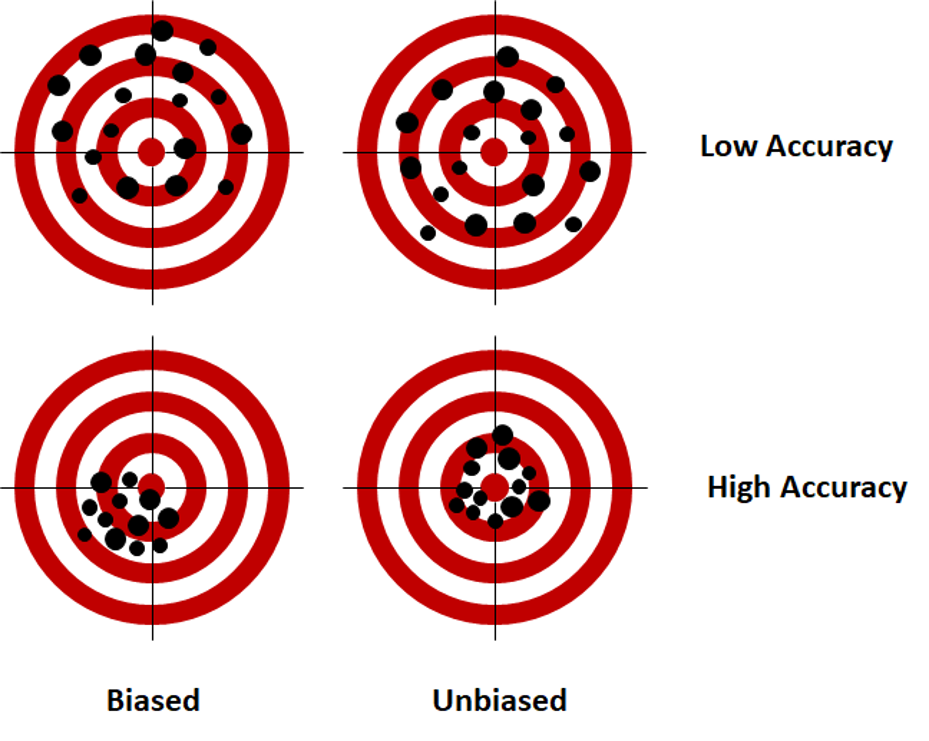Written by Greg Spira
Leaders, like most people, make decisions and operate on that which they trust. If they don’t trust the demand plan, they will most likely adjust, override, or ignore it.
How should we measure the trustworthiness of a demand plan? Forecast accuracy is where many would start, but measuring bias is the more fundamental and important measure for creating more credible plans.
Demand plan bias is defined as consistently selling more than planned or consistently selling less than planned. The bias measure, based on historical (demonstrated) performance, reveals whether plans are believable. Every plan will have some degree of inaccuracy, but a believable plan should have no bias.

Bias is measured over time. A single data point on its own cannot reveal bias. In the example below, Brand A and E both have serious bias issues. Brand D and G are in good shape.

When bias is eliminated or minimized, credibility of the plan – and people contributing to the plan – increases. The recipients will find it reliable and trust it. When it is trusted, the temptation to alter the demand plan is removed.
Everyone can then focus their energies on executing their respective plans. Inevitably, operational and financial performance improves.
Read our white paper and watch our webinar on this topic!


